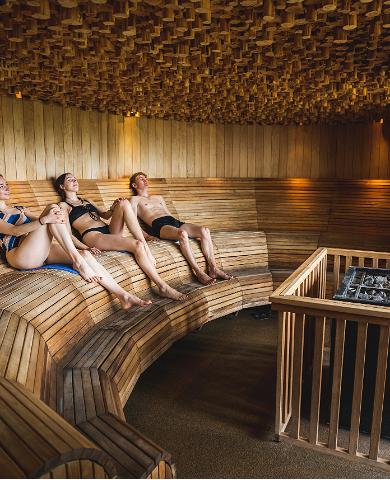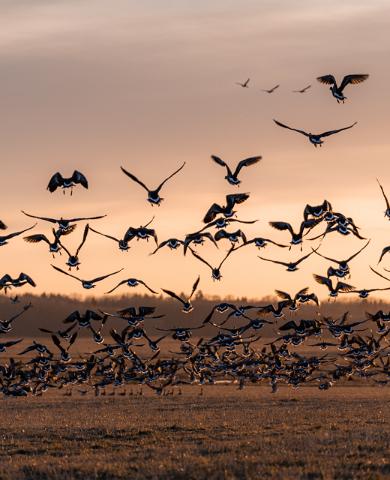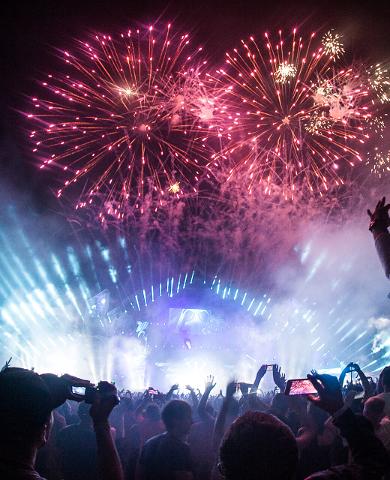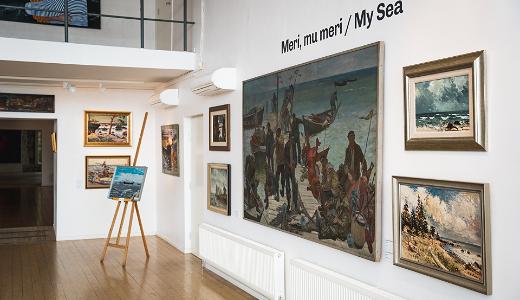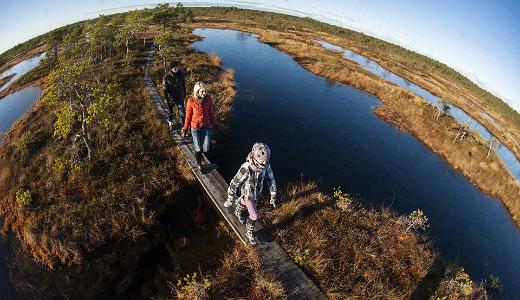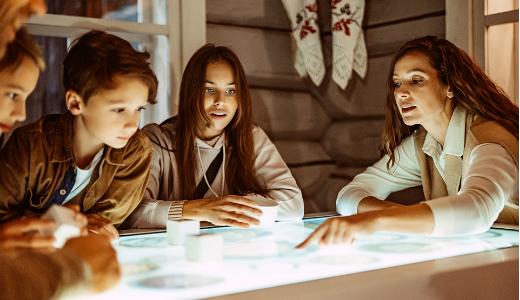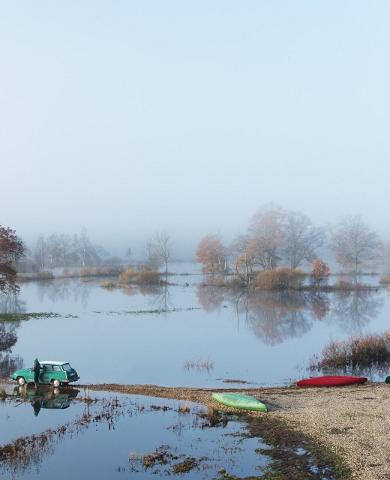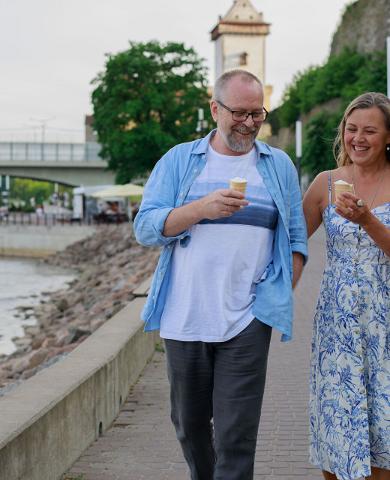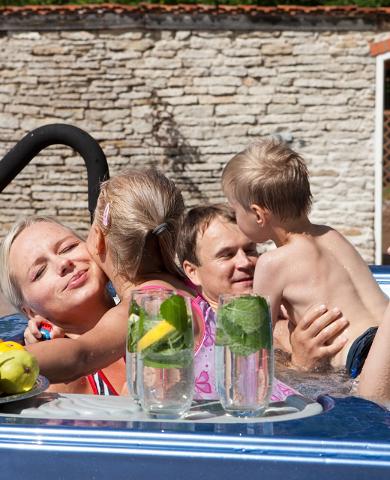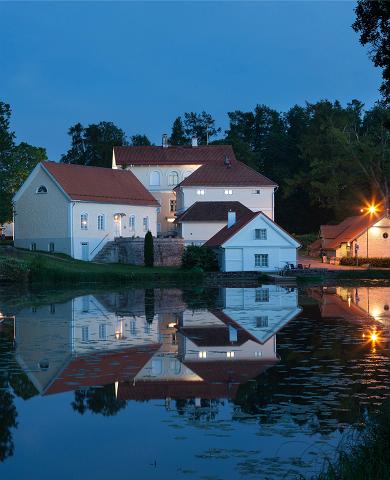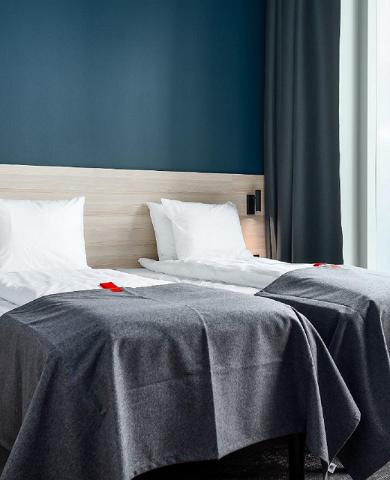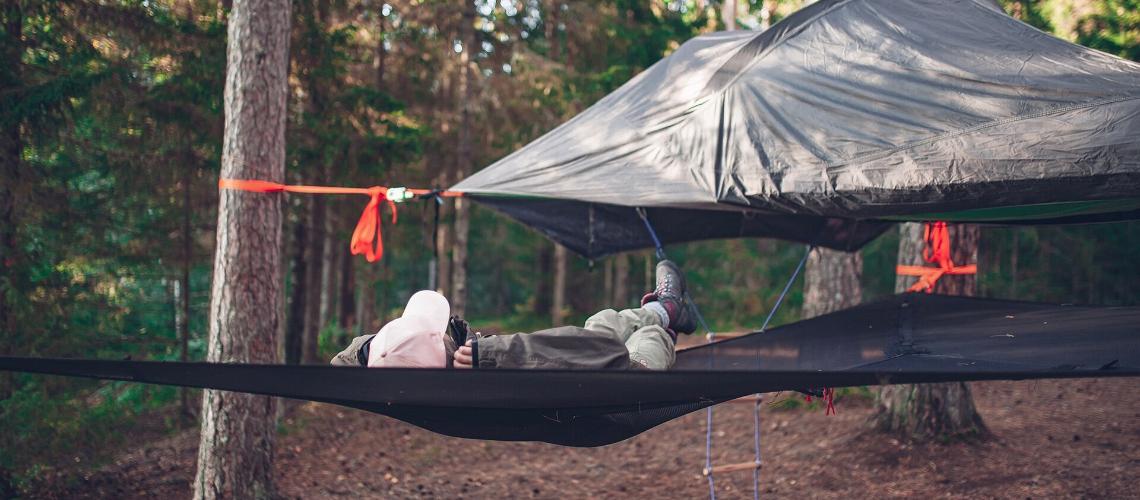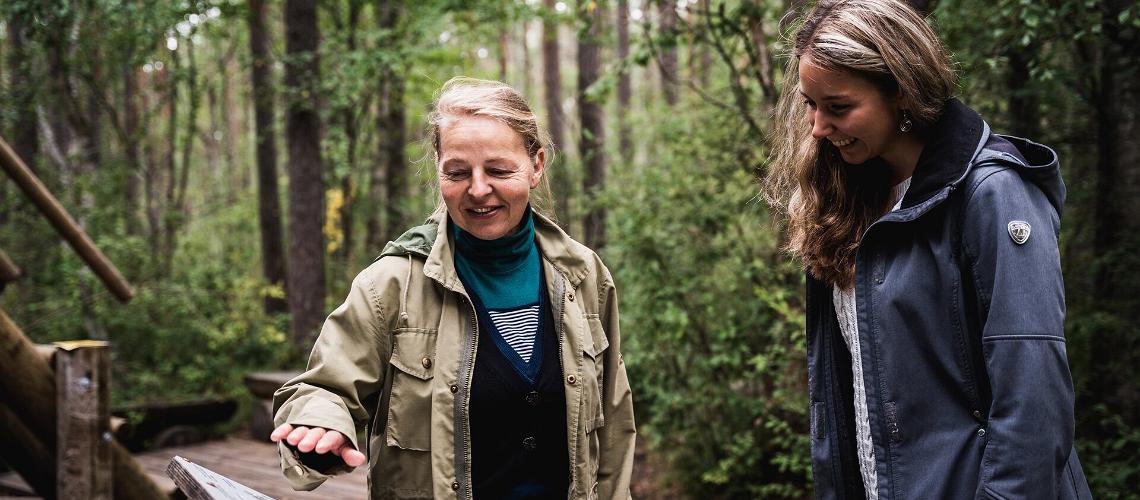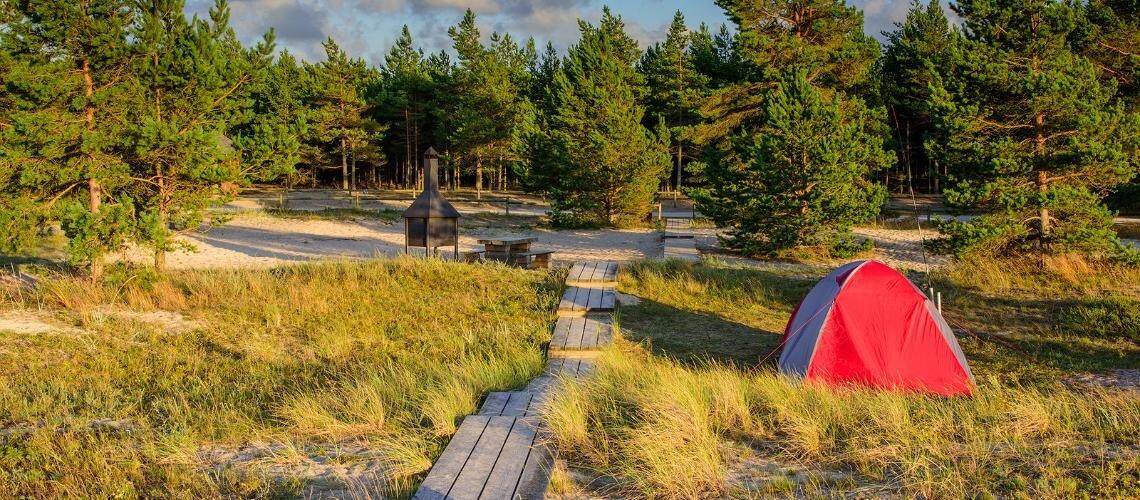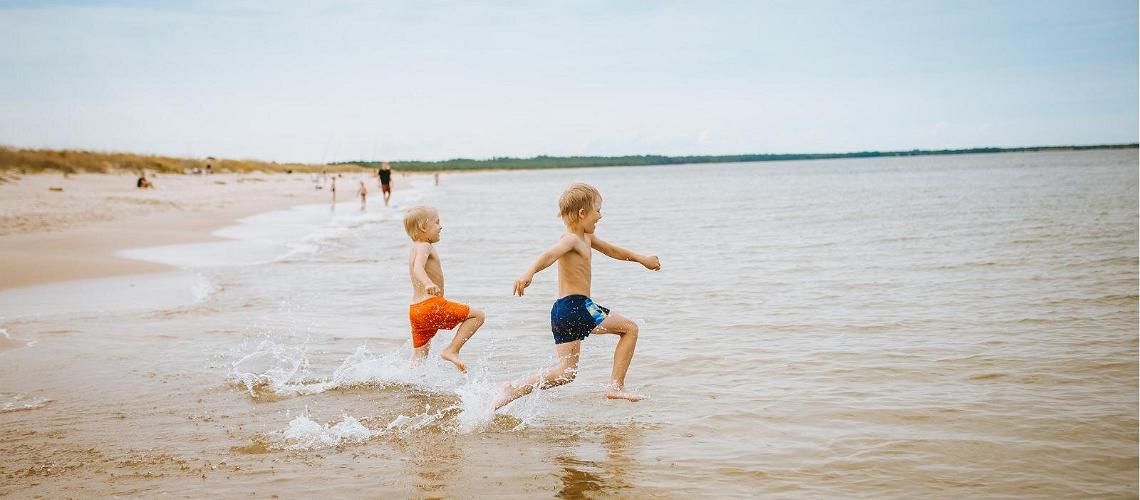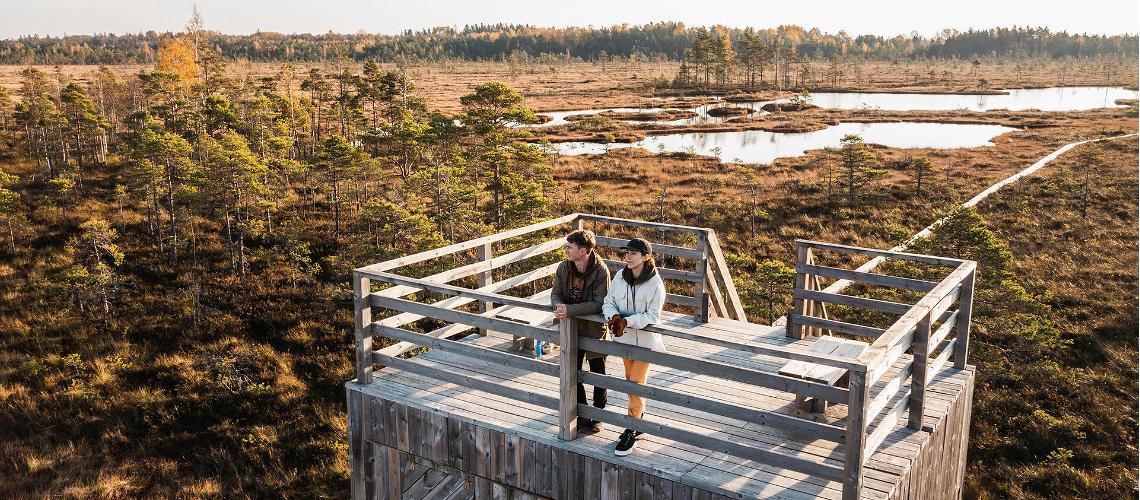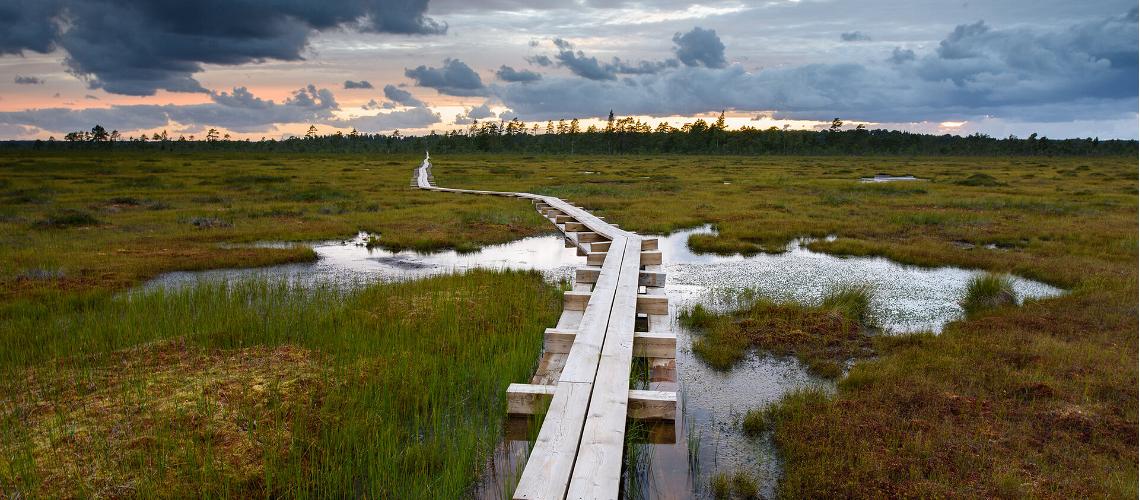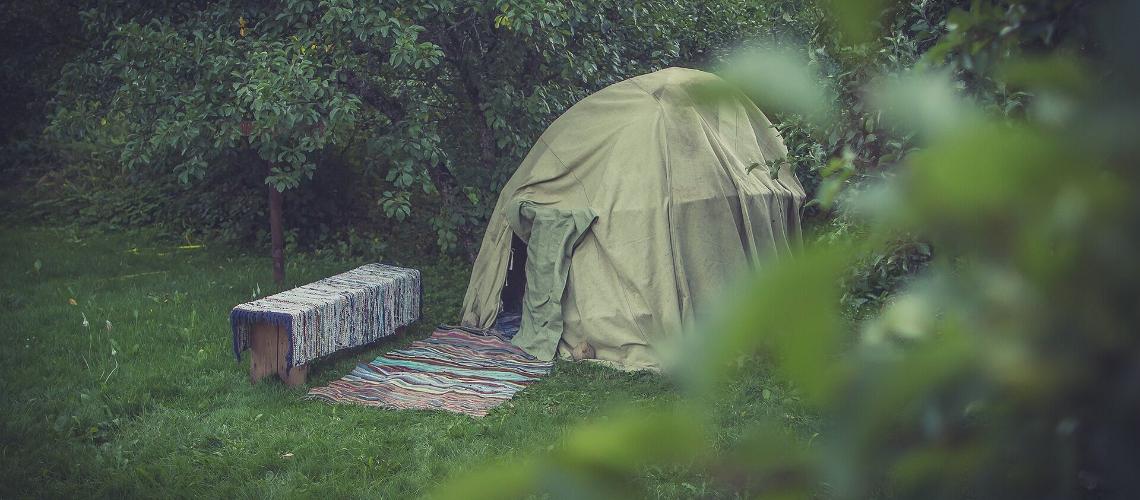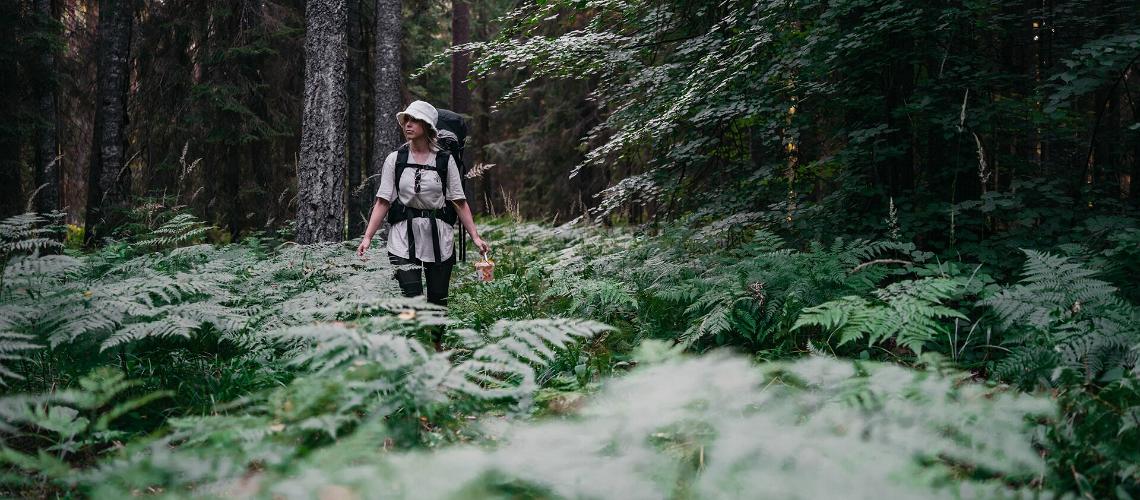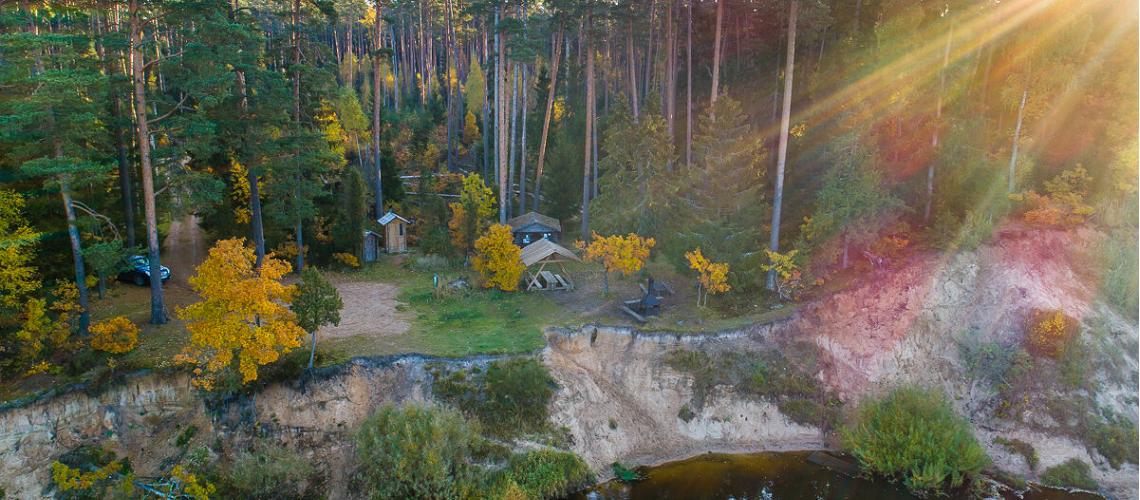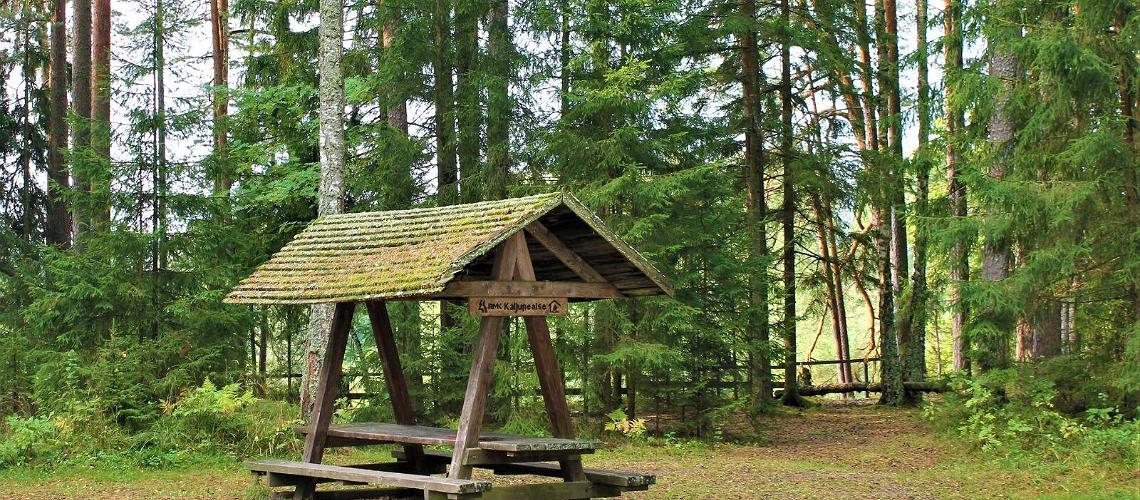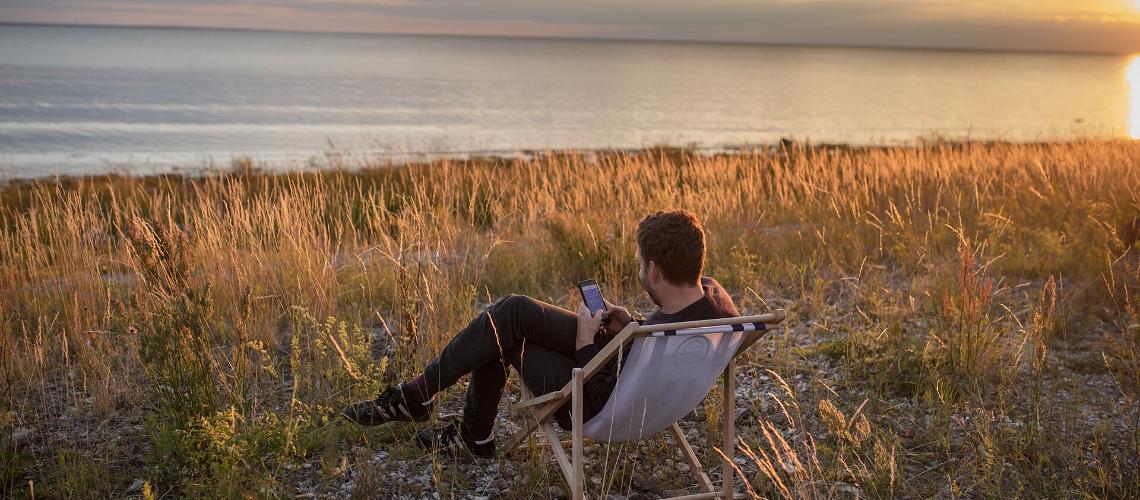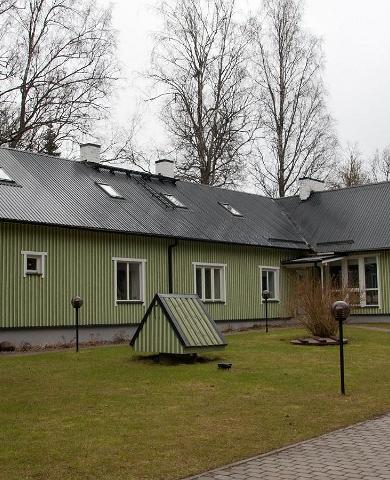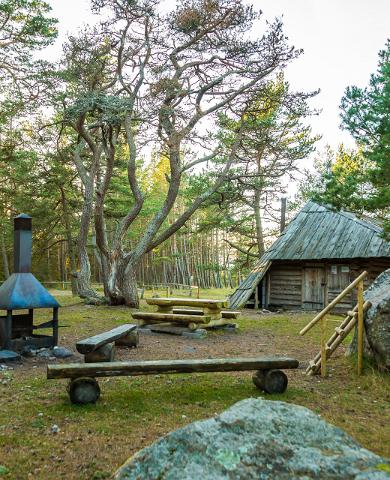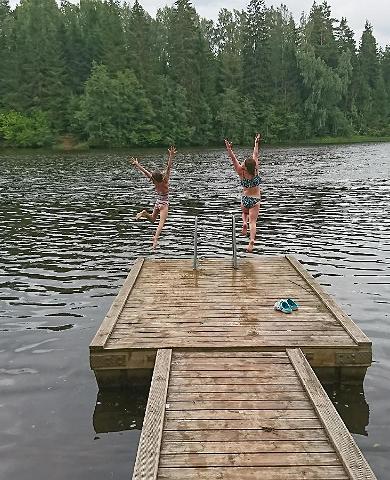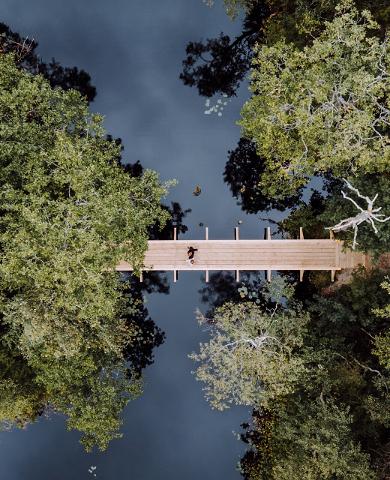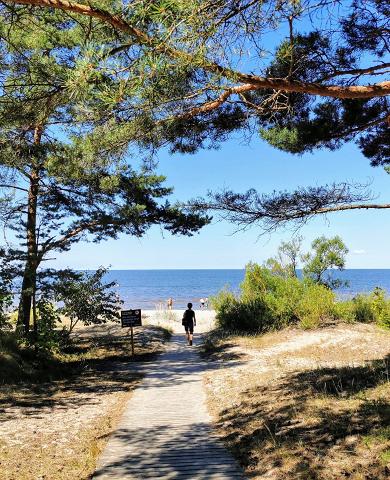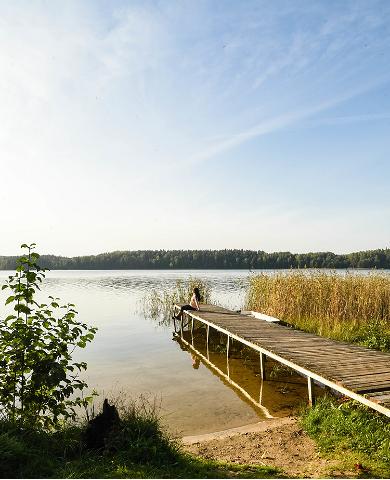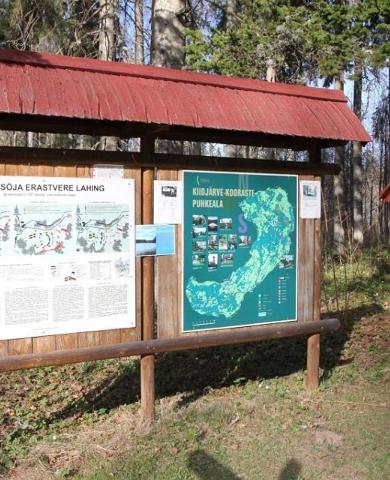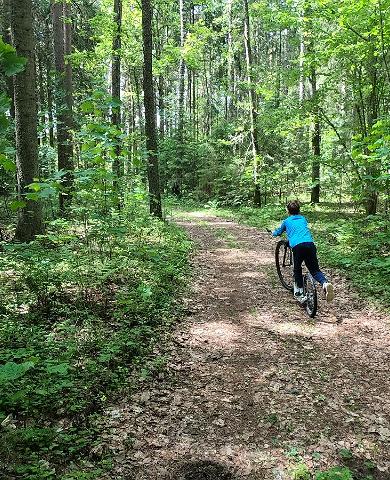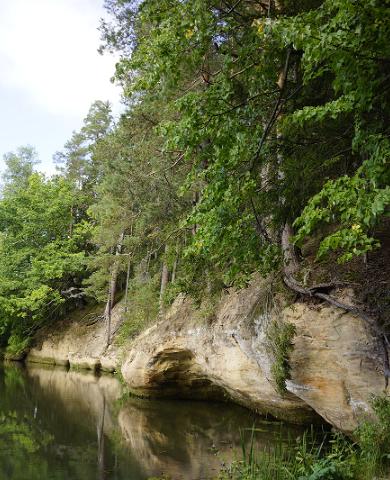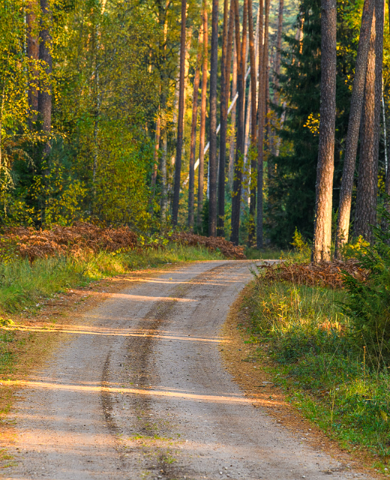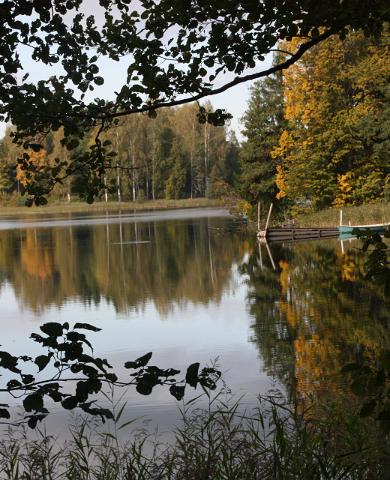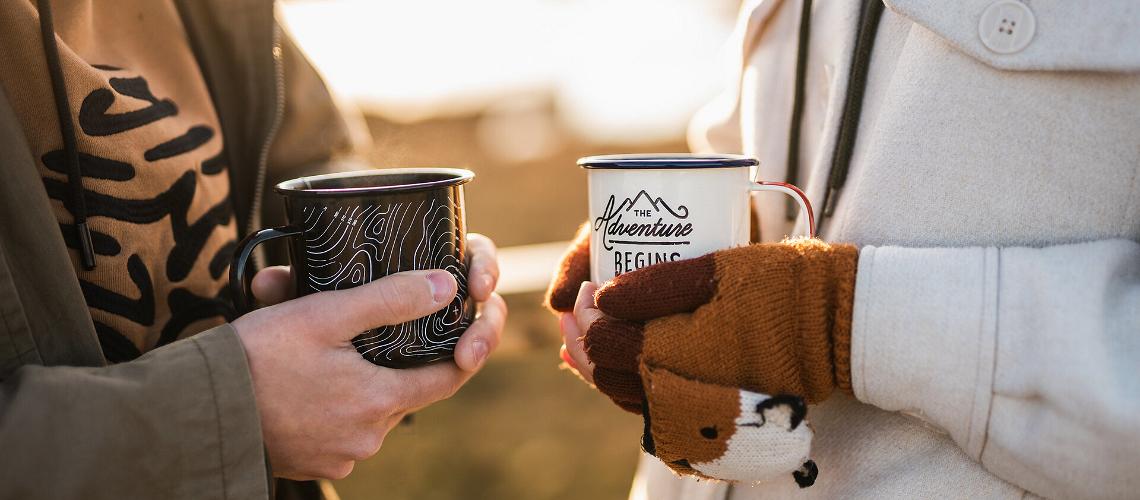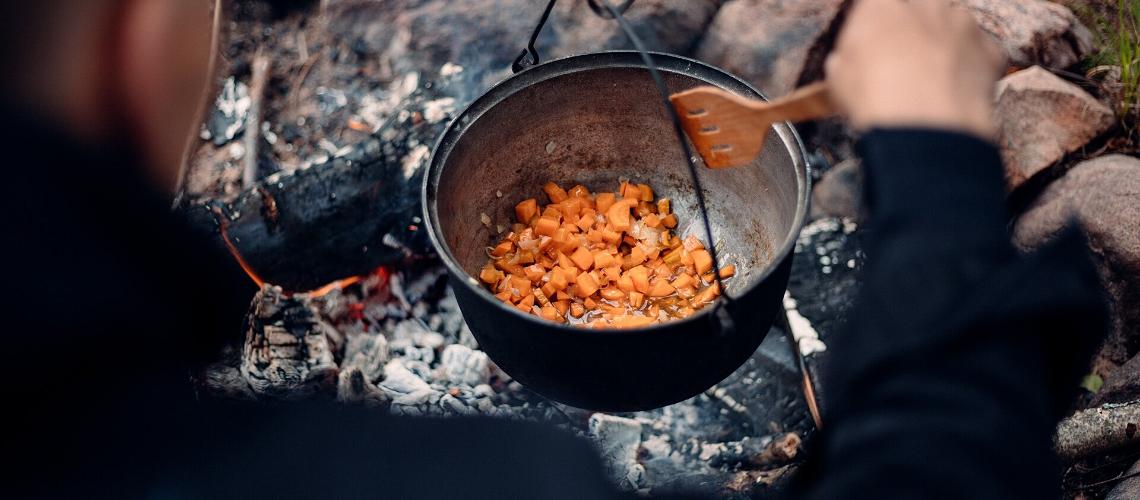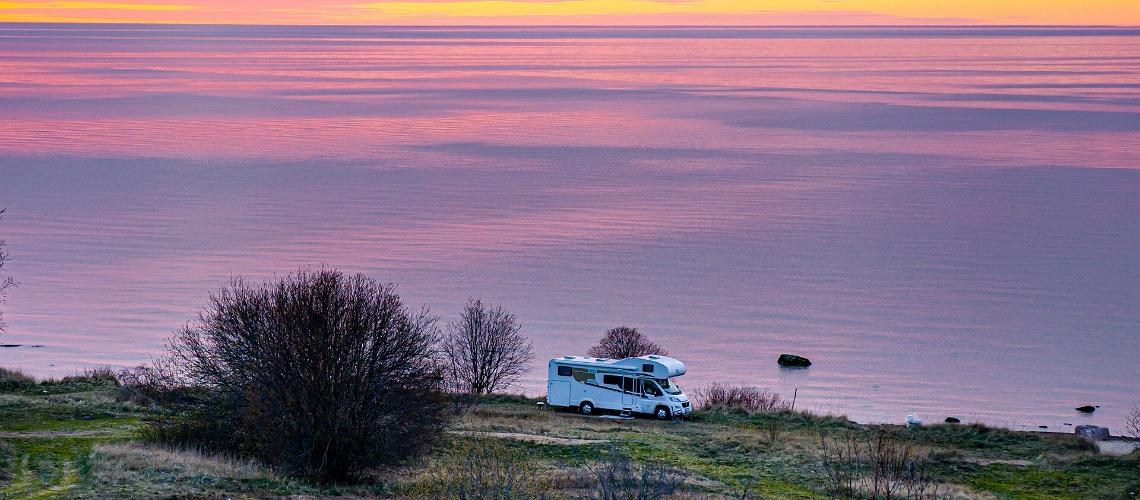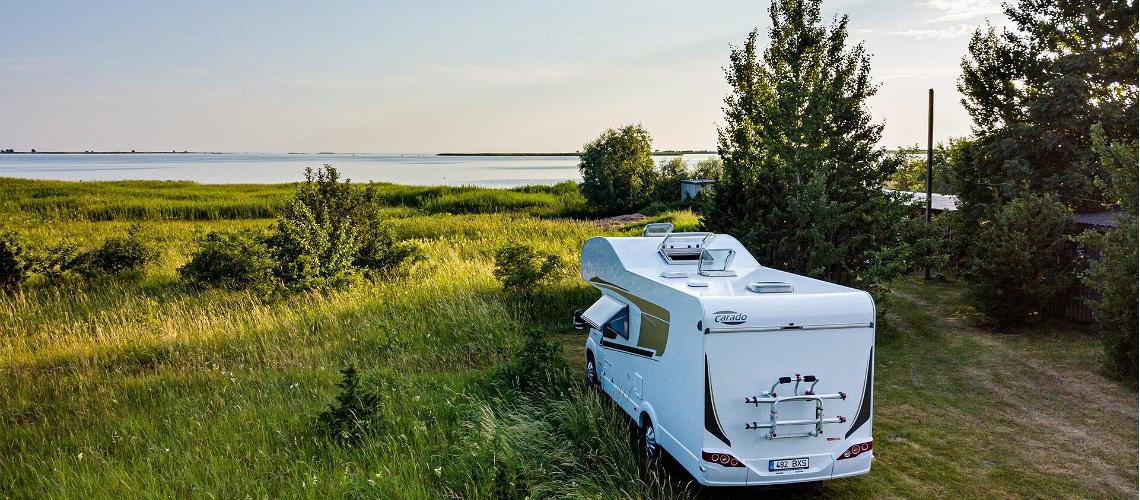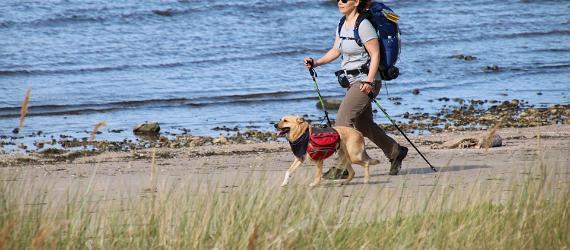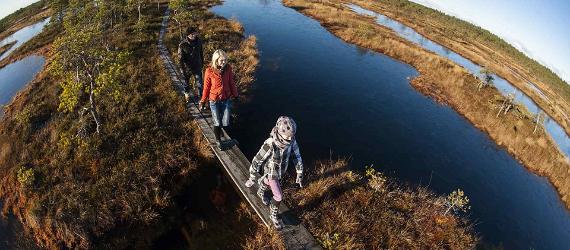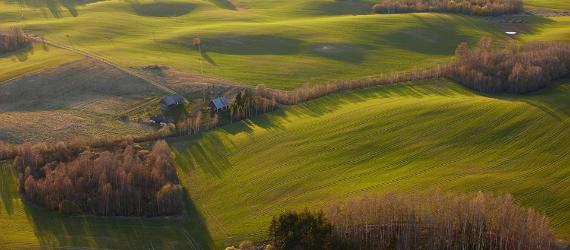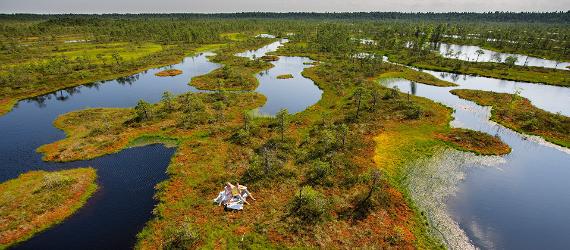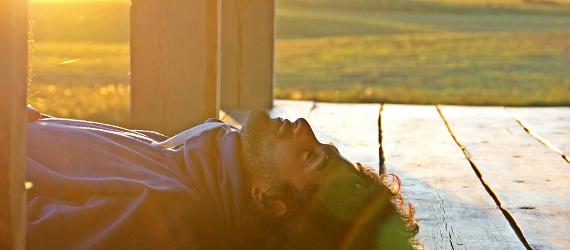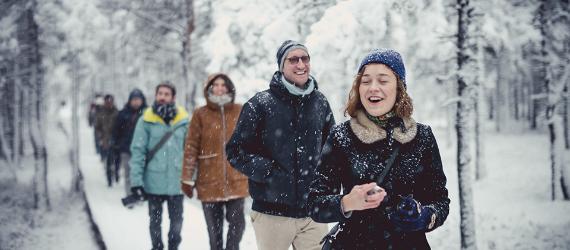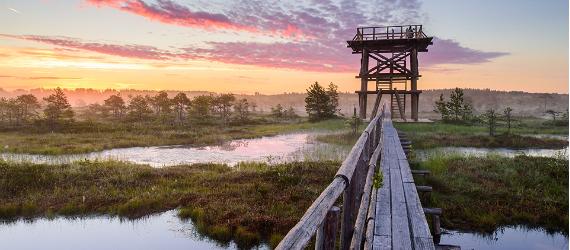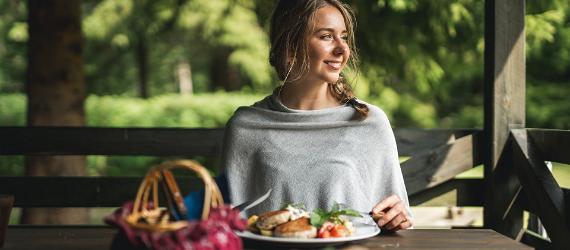Wake up to the sound of waves. Watch the sun come up over the horizon. Enjoy a cup of coffee and listen to the birds. Pitch your tent next to some of Estonia's most beautiful landscapes.
Estonia is a dream destination for anyone looking to immerse themselves in nature. We've compiled an overview of a few places to start your search. Of course, there's a lot more to see than what's on this list, so use it as a starting point and get out and explore!
Thanks to Estonia's Freedom to Roam policy, you're not limited to official RMK campsites, though these tend to have the basic amenities needed for an enjoyable holiday in nature. Keep in mind these are wild campsites; you won't find showers or electric hook-ups or flush toilets. But many of these campfire sites have a fire pit, sheltered picnic tables, dry toilets, and trash bins, and best of all... they're free!
North Estonia
North Estonia is known for its forests and wildlife, and two of the country's six national parks, Lahemaa and Alutaguse. It's not far from Tallinn, so you can even manage a short weekend camping trip. It's an ideal region to get away from everything and enjoy nature.
- If you're looking for a spectacular view, then the limestone cliff of Leetse will provide you with quite the sight. About one hour from Tallinn, this is an ideal spot for hikers. You can walk the Ranniku Hiking Trail and see waterfalls in the springtime. There you will find five covered campfire spots.
- Enjoy a walk along Cape Purekkari in Lahemaa National Park which will take you to the northernmost point of Estonia. The trail here is about 1.5 km long and will take visitors along the rocky, stone-covered coast.
- The Võlingi Hiking Trail will take you through a dense forest and bring you to the Võlingi Spring. Along the 2.4 km hiking trail, you may stumble upon the perfect camping spot.
- If you prefer to go camping along the edge of a lake, then visit the campsites at Matsimäe Pühajärv recreational area. You can wake up next to the sandy lakeshore and set out to enjoy the diverse landscape along a trail through wetlands and pine forests. The path is open to visitors going on foot or by bike.
- For those who want to combine camping with sports like skiing, Nordic walking, running, and cycling, then check out the Äkkeküla Sports and Recreation Area. Located near Narva, this is an ideal camping spot for families as well as those looking to do some physical activity in the great outdoors.
- The Tudu campfire site is located on the shores of the picturesque Tudu Lake. The picnic area is equipped with a grill and toilet with firewood available. There's also a forest hut if you spend the night, which you can use for free. Stop by and see the unique fauna of the area like the black stork and the flying squirrel.
- The Kauksi-Penijõgi hiking trail runs through the former Aidu shale quarry and has a totally unique landscape. Here, you'll have the chance to cross the canals on rafts and climb the quarry's steep slopes. Stop by here so you can grill and relax by the blue water.
- The Iisaku observation tower stands as the highest natural point in Ida-Viru County. At a height of 122 m above sea level, you'll get a beautiful view of the forests and in clear weather, you can also see the domes of the Kuremäe convent as well as Lake Peipsi. The campfire site is next to the tower and has a rain canopy.
West Estonia
Camping in western Estonia means enjoying the Baltic Sea and wonderful long, sandy beaches. You'll can set up camp close to Pärnu, Estonia's summertime capital, or head out to the islands for a relaxing holiday. Enjoy swimming, SUP, and kayaking during the day, and fall asleep to the sound of waves at night.
- In the northern part of Saaremaa, you'll find Tuhkana Beach, one of the island's best swimming spots. The sandy beach is 500 meters wide and the water gets deeper more quickly than other parts of the island. With a pine tree forest nearby and a volleyball court, this is the place to camp if you want to enjoy everything camping in western Estonia has to offer.
- The Nõva Recreation Area is situated in the lowlands of West Estonia. You should visit if you want something more rugged. The area nearby features large sand dunes, wetlands, lakes, and forests. That means you can switch between the sandy beach and more inland nature depending on your taste.
- If you want a calm and restive place in the middle of the forest, head to RMK Lake Rae Hiking Trail and Camping Site. Here you can swim, fish, and enjoy the 1.7 km trail that takes you through the area's varied landscape. There are three places for bonfires, a shed for firewood, bins, toilets, as well as a village swing.
South Estonia
South Estonia is full of lakes, valleys, and rolling hills. This is one of the more popular parts of Estonia for taking a break from the city, getting away from it all, and getting back in touch with nature. Even though it may feel isolated from civilization, you'll still be a short drive to Tartu, Estonia's lively second city.
- The Koiva Heritage Culture Trail is one of the larger paths that south Estonia has to offer. The trail, open to walking and cycling goes for a total of 60 km and passes by various cultural sites as you walk along the banks of the Koiva River.
- Covering 5.4 km, the Taagepere trail begins and ends at the Taagepere campfire site. The path takes visitors along the Õhne River at times and you'll see different sights like the Taagepera Castle and the Musukivi Rock.For those who don't want to do the full trail, there are paths that cover 1.6km and 4 km as well.
- If you want a unique Estonia hiking experience, then check out the Green Railway Trail. This follows the trail of the Valga/Valka-Ape railway which closed in 1970. Today the old railway embankment serves as a hiking trail that mixes hiking with a bit of Estonia's history.
- The Ruunaraipe Dunes are a must-see if you're near Viljandi. They are located in the Raudna Valley and offer visitors a great spot to go for a picnic or go mushroom picking.
- The Selli Sillaotsa study trail has everything you need for a hike and picnic. It's located in the Alam Pedya nature reserve and takes you through wetlands, forests, and to a 12m tall observation tower.
- Between the Mehikoorma Port and the lighthouse, there is a circular promenading path for visitors to enjoy. Throughout the hike, visitors will have the chance to enjoy the beauty of Lake Peipsi on a 1.3km trail.
- Along the banks of the Võhandu River, you'll find the Kaljupealse campfire site which offers a gorgeous view of the river and the sand outcrops. Here you'll find a roofed table, grill, and firewood.
- Near the Erastvere manor park, you'll find the picturesque Lake Erastevere, where you can swim on a hot day. Along the shore, you can pitch a tent and cook a delicious lunch over a fire.
- Find the perfect spot for families with younger children at the Aruküla Hill recreation area. In addition to places to barbecue, the spot has a playground for children with swings and slides. The view is excellent and there's lots of room for campers. Visitors can also enjoy disc golf there or check out the Struve Geodetic Arc.
- On the Lake Verijärve study trail, there are three campfire sites with grill grates, benches, and a children's playground. The trail is about 1km and has plenty of placards for visitors to learn about the local plant and wildlife.
- Take your children to see the trail along Lake Ähijärve near the Karula Nature Centre.
Always leave the campsite cleaner than you found it. If there are no garbage bins, remember to carry out all your trash and throw it away in the nearest town. The forest will thank you!
Even camping is a digital experience in Estonia!
Estonia is a digital country, and that applies to camping in Estonia, too. There are hundreds of campsites around the country managed by the Estonian Forestry Ministry (RMK).
RMK has created an app that allows you to find every single (free!) RMK campsite in Estonia. The app gives you the location of the site, information about amenities provided, and photos of the campsite. Regular maintenance means clean campsites and sometimes even free firewood, making it easier to keep warm and cook your dinner. You may need to bring your own water and pack out your trash, but you can check all of that ahead of time on the app.
TOP free campsites in Estonia
Not many tourists are aware of the amazing camping infrastructure in Estonia, but locals definitely are. This means campsites can get crowded, especially on weekends when the weather is good. Arrive early in the day to secure a campsite, or drive as far out into nature as you can. The more remote you are, the better the chance you have of getting a good spot. Be aware that you may sometimes encounter boisterous groups camping out to party. Pack earplugs or find a more remote site to set up camp.
Everything tastes better outdoors!
It's time to talk about what to eat while you're camping. Cook like a MICHELIN-starred chef or fill up on snacks — it all depends on the amount of time you're willing to spend on preparation.
Typical Estonian foods like kohuke (chocolate-covered curd snacks) and pirukad (savory or sweet hand pies) travel well in backpacks. You can also stock up on fresh fruits and vegetables — cucumbers, cherry tomatoes, and apples are local favorites for a trip to the forest. Better yet, try picking your own snacks! Depending on the season you may find wild garlic to add to your sandwich or salad, or forest blueberries or strawberries for a sweet treat on the trail.
Campfire cooking tips
Cooking over a campfire lets you get as elaborate or as simple as you want. If you have a pot or pan, you make stew, beans, meat, or pasta. You can also skewer sausages or marinated meat and roast them directly over the hot coals. Campfire bread is also a classic Estonian camp food. While the idea of making bread on a camping trip might sound tricky, it's a lot easier than it sounds. You can find ready-made bread mixes in a lot of stores. Mix up the dough and then wrap it around a stick and cook it over the fire.
Tin foil is also an important tool for campfire cooks. Trying wrapping meat and vegetables in tin foil. Add spices like garlic, rosemary, and thyme, and cook over the coals for about 20-30 minutes on each side for a delicious hot dinner.
Of course, a camping trip is never complete without marshmallows roasted over the flames!
Or let someone else do the cooking...
The countryside's tasty hidden treasures

The countryside's tasty hidden treasures

Notes on caravan camping in Estonia
Caravan camping has a romantic feel to it, especially during Estonia's light-filled summer nights! There are no restrictions – just take your home and drive wherever you desire.
In Estonia, you can take your camper van or caravan right into nature. You can stop at scenic places in the woods or at the seaside. You can find a seaside campsite or cottage with all the amenities that a camper van traveler might need as close as a few kilometers from Tallinn's medieval Old Town.
Estonian territory is fully covered with map data for GPS devices. Road atlases are on sale in bookstores, supermarkets, and gas stations, and the traffic sign system makes for easy navigation. From Estonia, you can travel freely to Latvia or take the ferry to Finland or Sweden.
The best time for caravan travel in Estonia is summer. The days are long, so it is safer to drive and you'll have more time to take in the gorgeous nature views while you're camping. As Estonia has a low population density — only 30 inhabitants per square kilometer —it is easy to find privacy outdoors.
There are plenty of campsites suitable for folks traveling in caravans and camper vans in Estonia. Most managed campsites are open from May to October, though you can find places to park at RMK sites open year-round, too.
When driving in Estonia, keep in mind that:
- Estonia has right-hand traffic and an extensive system of roads, the quality of which varies
- the speed limit on roads outside of towns is 90 km/h and 50 km/h in settlements unless otherwise specified
- the driver and all passengers have to wear seat belts
- the headlights of your car have to be turned on at all times
- the driver has to be completely sober – Estonia has a zero-tolerance policy
- when towing your caravan, you will need to keep its backlights on
- drivers must carry their driving license and car registration documents at all times
Find the perfect place to park your camper van
Information on search results display in Article 12 of the Terms of Use.
Afraid the rain will spoil your plans?
Where to go when the weather doesn't cooperate
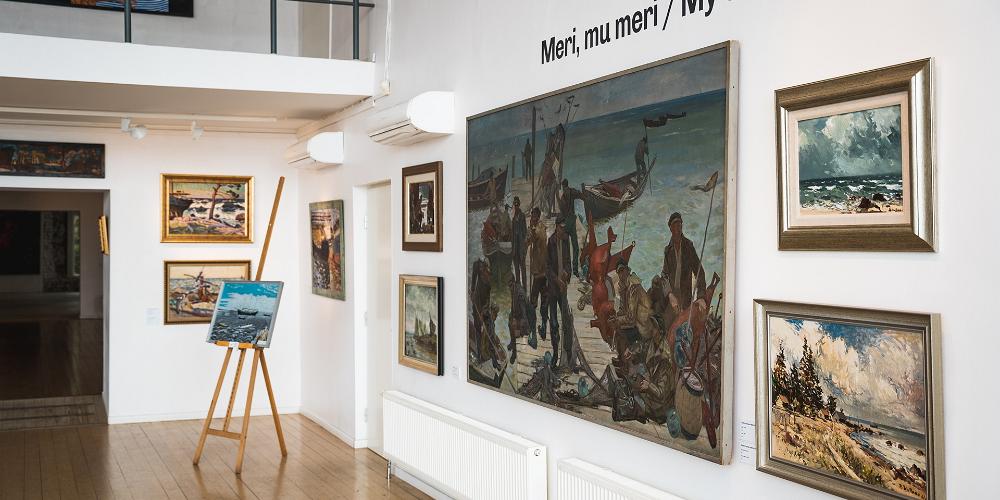
Where to go when the weather doesn't cooperate




